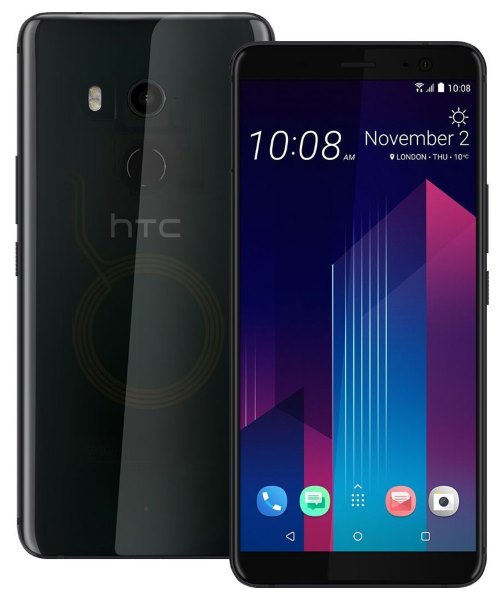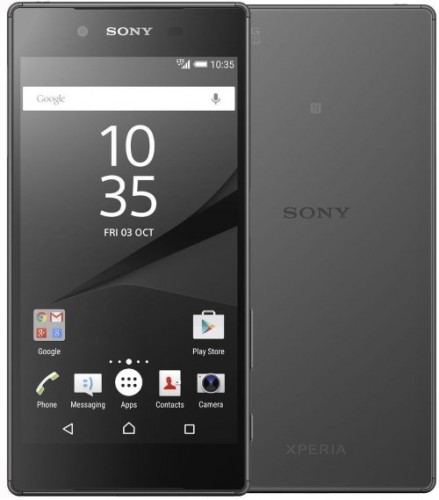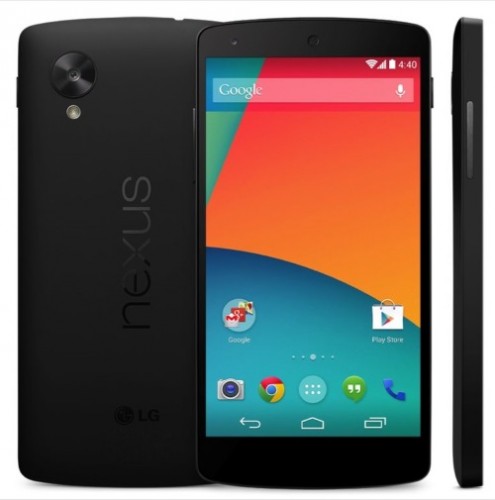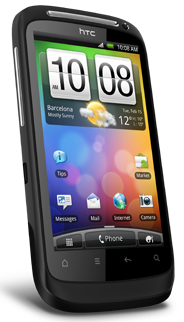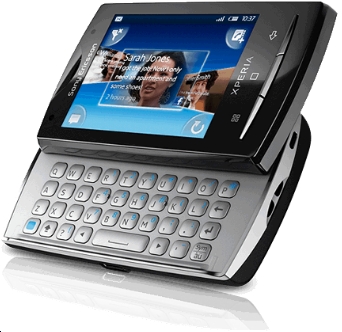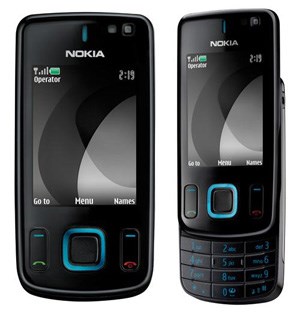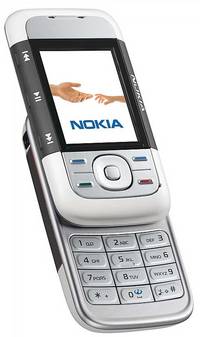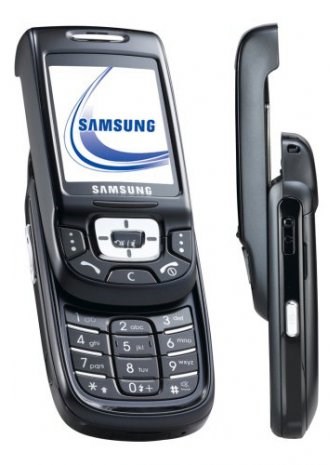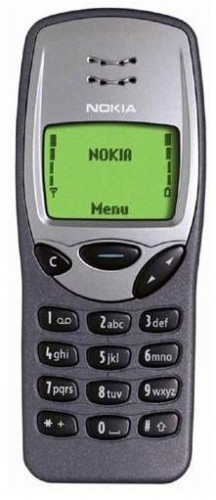Here is a history of mobile phones that I have owned. It reminds me how quickly technology changes!
Year |
Model & Notes |
|
| 2022 |
Google Pixel 7
Current phone. First back-to-back phones from the same manufacturer since my pre-smartphone Nokias. First with an under-display fingerprint sensor. It was released with Android 13, and upgraded to Android 14 in late 2023, Android 15 in late 2024, and Android 16 in mid-2025. |
|
| 2020 |
Google Pixel 5
Return to a direct-from-Google phone after a 2 generation absence. First 5G phone, first phone with wireless charging, first with a rear multi-camera system, first with an OLED display, first with a hole-punch/notch. It was released with Android 11, upgraded to Android 12 in mid-2021, and Android 13 in mid-2022. |
|
| 2018 |
HTC U11+
Return to HTC after a 2 generation absence. First 6+ inch phone, first with a rear-positioned fingerprint sensor, first with 'squeeze' functionality, first with USB-C, first without a headphone jack. It was released with Android 8.0 (Oreo), and upgraded to Android 9.0 (Pie) in mid 2019. |
|
| 2015 |
Sony Xperia Z5
This was my very first 'flagship' phone (not counting the Nexus 5). My first phone with a fingerprint sensor, first with water/dust proof rating (IP65/68). It was released with Android 5.1 (Lollipop), upgraded to Android 6.0 (Marshmallow) in early 2016, and Android 7.0 (Nougat) in early 2017. |
|
| 2013 |
Google/LG Nexus 5
When this phone came out, it was the bargain of the year. It had almost a flagship-level specs (including being my first 4G phone), but at a mid-range price. I was apprehensive about the largeness of its 5 inch screen, but I've come to realise that if my thumb can reach almost all the screen, size isn't an issue. It was released with Android 4.4 (KitKat) and has since been updated to 5 (Lollipop) and 6 (Marshmallow). Other than the severe buginess introduced with Marshmallow, this phone performed exceptionally. The only downside was its average camera and battery life. |
|
| 2011 |
HTC Desire S
My first full-touchscreen phone, its ~4 inch display was a nice transition to a 'normal' smartphone screen. It came with Android 2.3.3 (Gingerbread), but was eventually updated to Android 4.0 (Ice Cream Sandwich). Overall it was a very decent phone for the mid-range price, and it started to see Android starting to really mature as a platform. After getting the Desire S, I ported away from Vodafone-based Crazy John's to the Optus owned MVNO Virgin Mobile. |
|
| 2010 |
SonyEricsson X10 Mini Pro
My first foray into smartphones and Android was this cute little slider. Still around the same size as my previous Nokias, I was resistant to large touchscreens and on-screen keyboards (an opinion later resolved by SwiftKey), so the slide-out physical keyboard was great. It ran Android 2.1 (Eclair). This was my first touchscreen phone, the first (and only) phone with a full physical keyboard, and the first phone with a proper 3G HSDPA data connection. It turned out to be my shortest-lived phone at just over 12 months, as I quickly realised that the small screen was inhibitive on Android, as a lot of apps were not compatible with the small size and resolution. I was still with Crazy John's, although I was beginning to experience the problems with Vodafone's under-maintained network, also starting to be known at the time as 'Vodafail'. |
|
| 2009 |
Nokia 6600 Slide
My last Nokia, and probably the most stylish yet. I wasn't interested in smartphones yet (definitely not the recently released iPhone 3G). A tiny and thin slider phone, I was still being spoiled by Nokia quality and size. This was my first 3G phone, although it didn't have HSDPA for data (only EDGE). After having multiple issues with Soul/TPG (Soul had been acquired by TPG), which included two appeals to the TIO (spoiler alert: I won both cases :P), with this phone I ported out to Crazy John's, a Vodafone-based MVNO. |
|
| 2007 |
Nokia 5300
My return to Nokia. Although it was still better than the Samsung, this return was decidedly disappointing. Probably in part because I went for a mid-range phone, but the size, interface, and colour (ergh, white) left me a little frustrated. This was my first phone with expandable memory (up to 2GB microSD). It was also the first phone that I seriously used the internet with (using only a GPRS connection). Initially, I only used the Gmail Java app just to check email, but then I discovered Opera Mini. I was still with B-Digital, but by now they were bought out by Soul and were being merged. |
|
| 2005 |
Samsung D500
My first venture away from Nokia, and the worst phone that I've ever had. Crappy interface, laggy, and then there's the incident involving the LCD cracking and the subsequent Samsung support and customer service, which resulted in me swearing to never buy or recommend a Samsung product ever again (which I have kept true over 10 years later!). This was my first non-bar phone, first colour screen, first with a camera, and first with Bluetooth. With this phone I ported away from Optus, to the Optus-based MVNO B-Mobile. |
|
| 2003 |
Nokia 8310
One of the smallest phones I've had, and also one of the best. It had outstanding battery life (it went weeks on a single charge), and a nice light-blue backlit monochrome screen. This phone spoilt me for years in terms of my expectation of size. Went over to Optus as my carrier, and took advantage of the relatively new mobile number portability system in Australia to keep my phone number.
|
|
| 2000 |
Nokia 3210
My first mobile phone, at the age of 17 in year 12. I remember this phone was significant, because in the age of Nokia 5110s, this did not have an external antenna! It also had replaceable external covers on both front and back. Joined on Telstra, and still have my original number to this day. |
|

